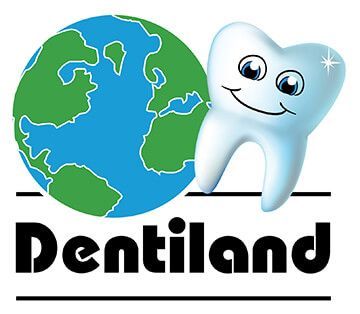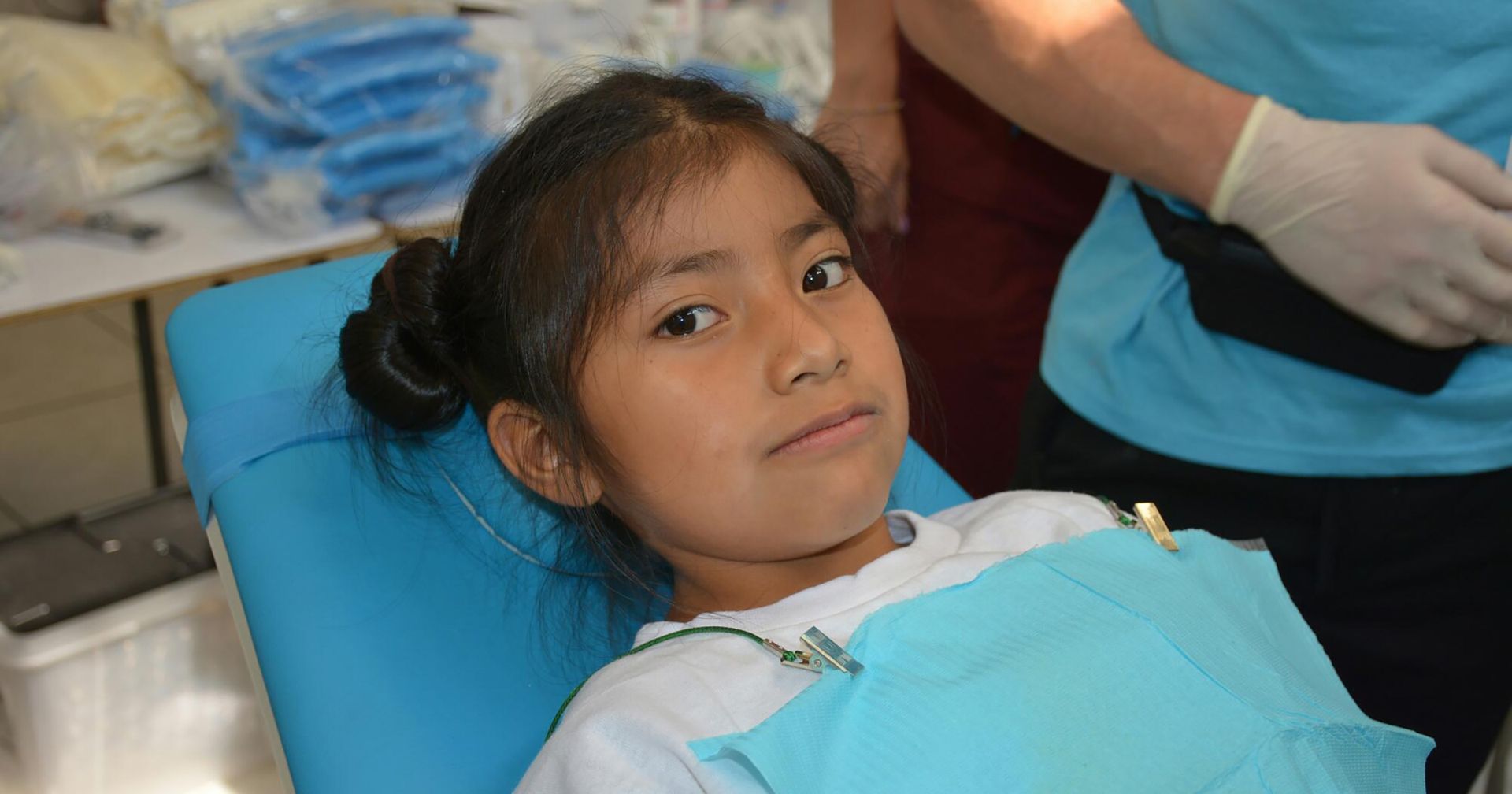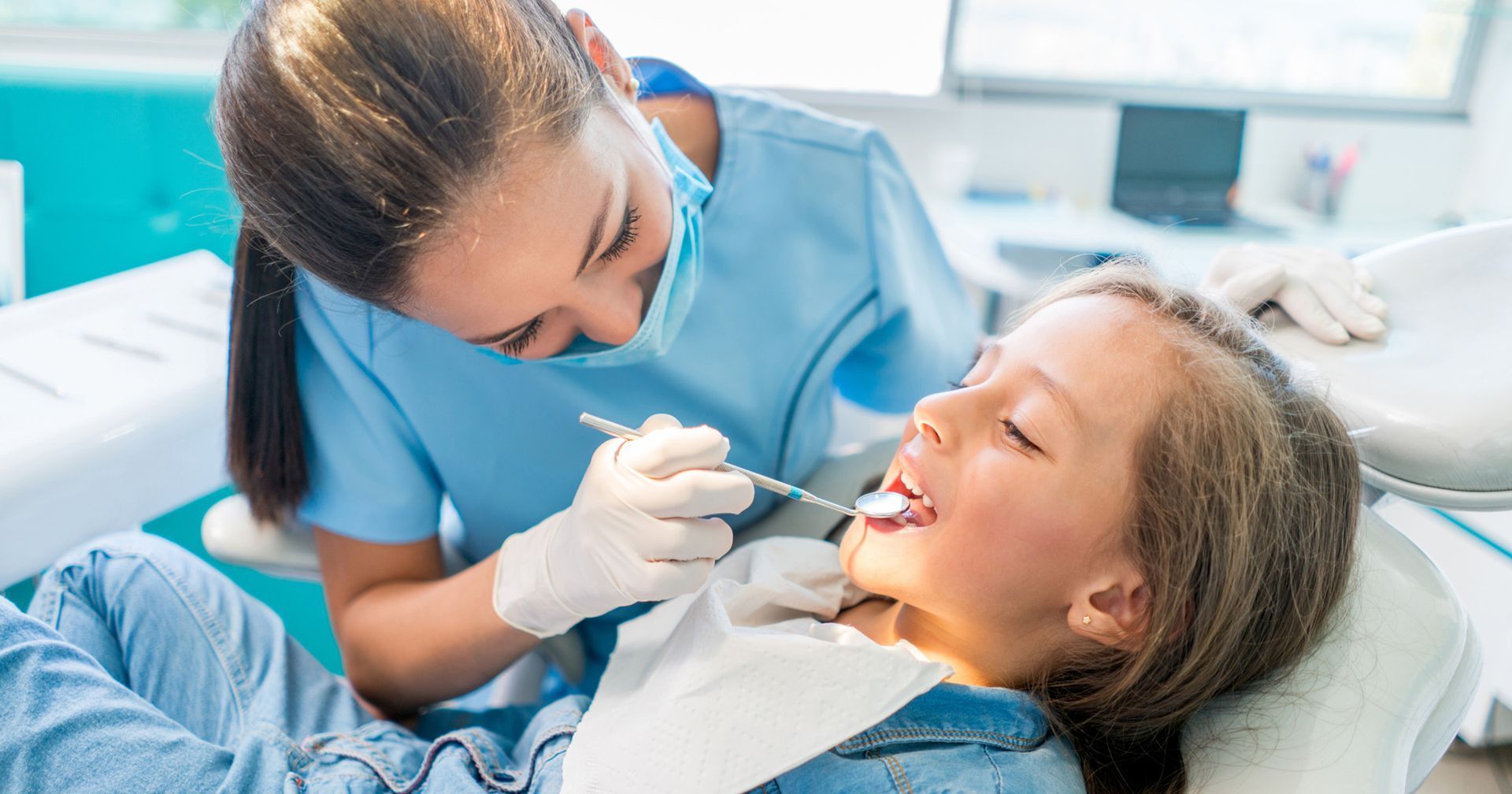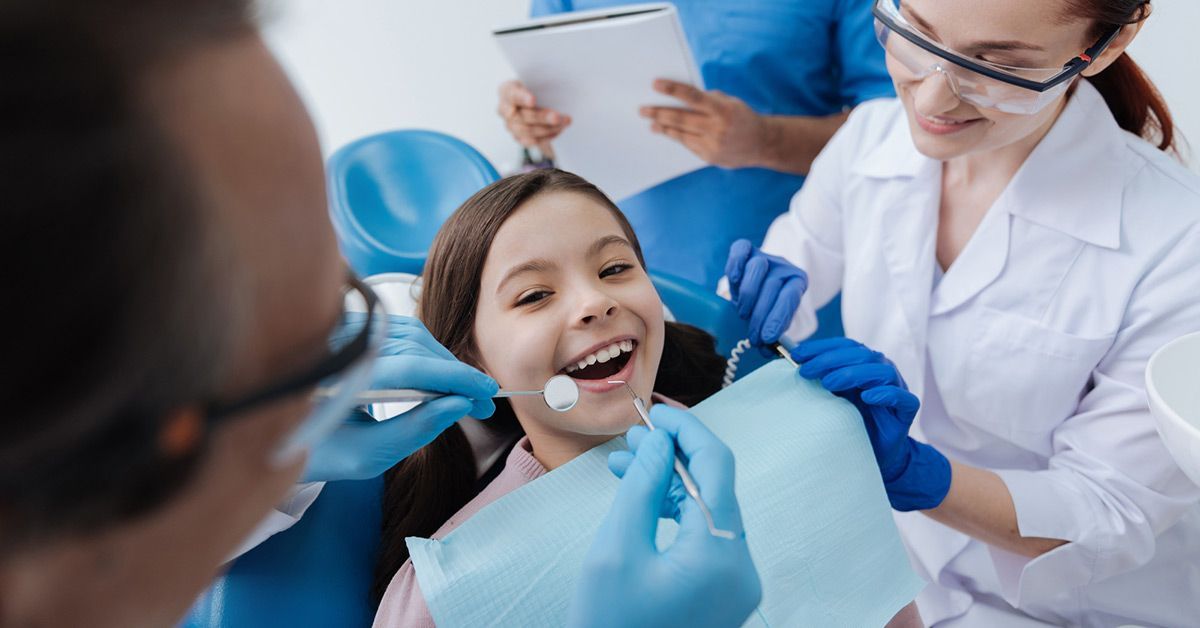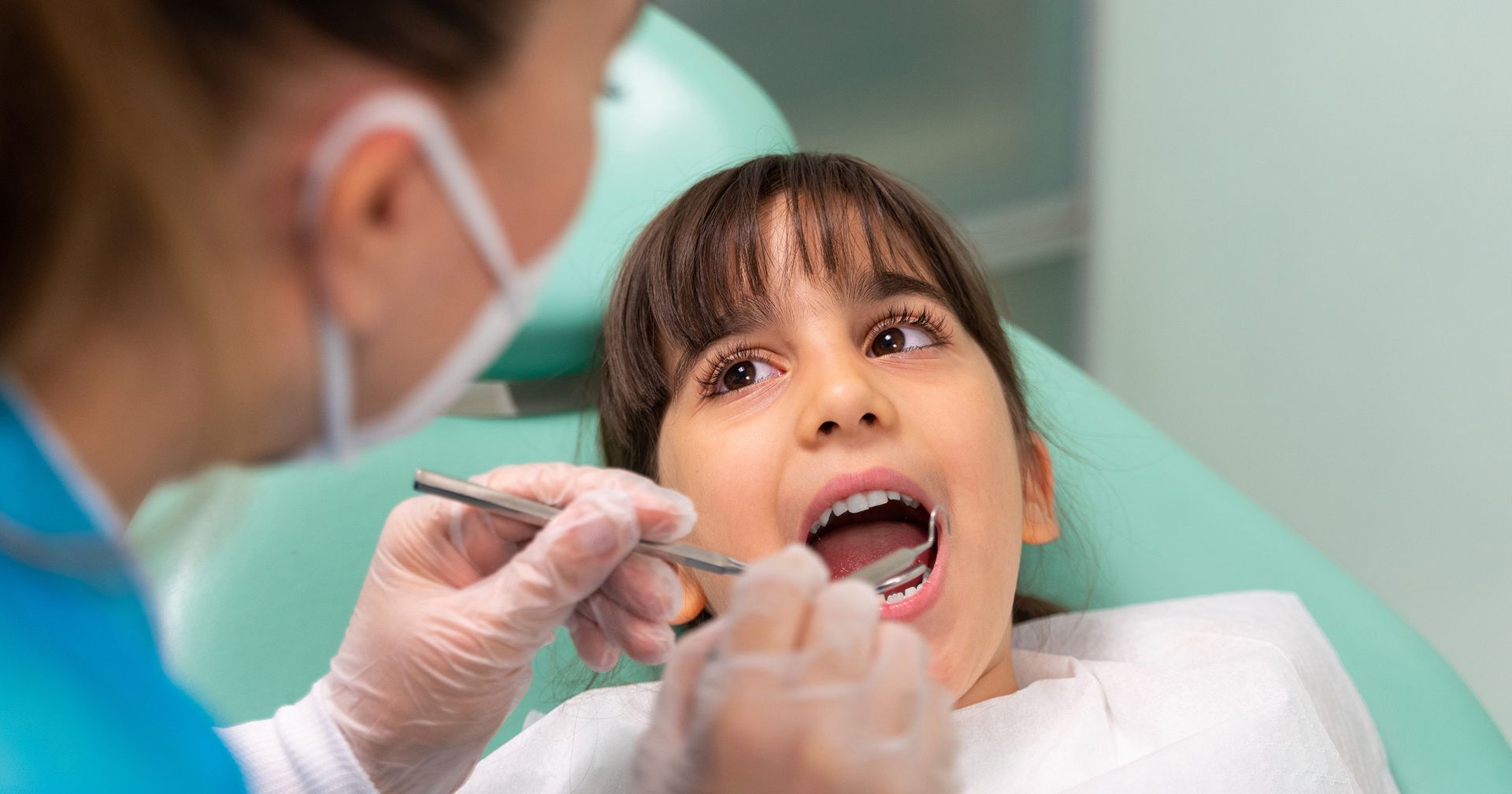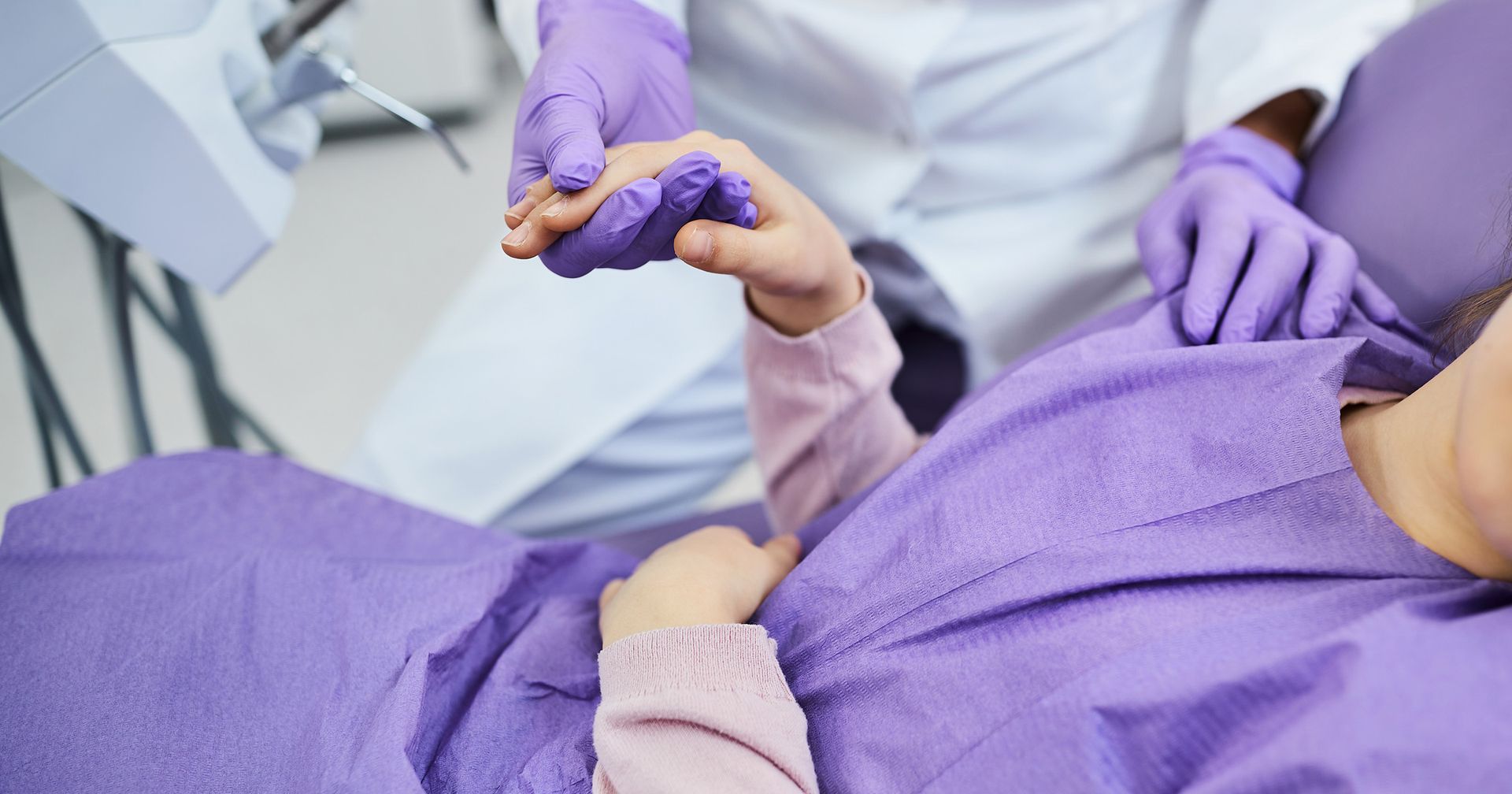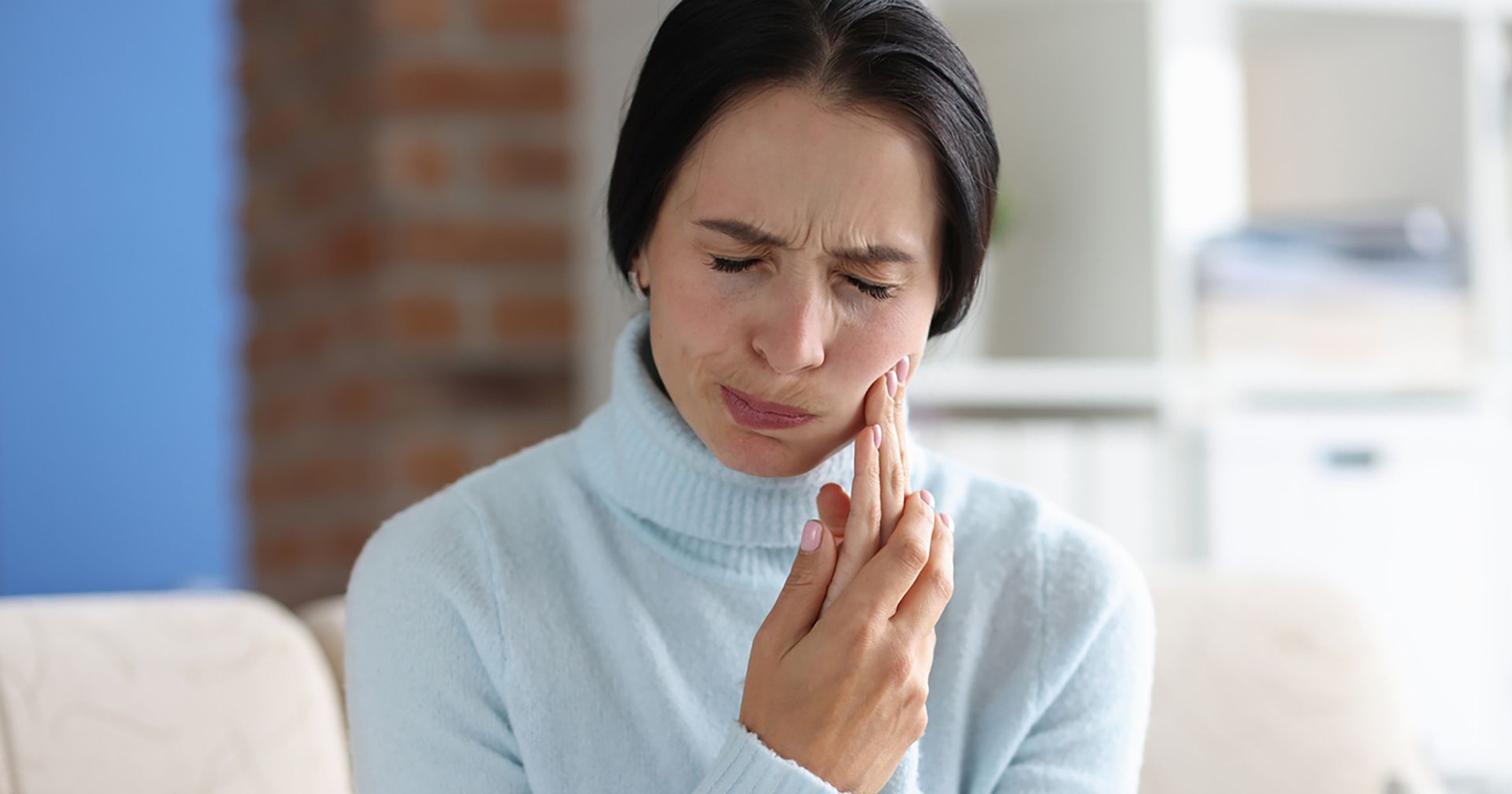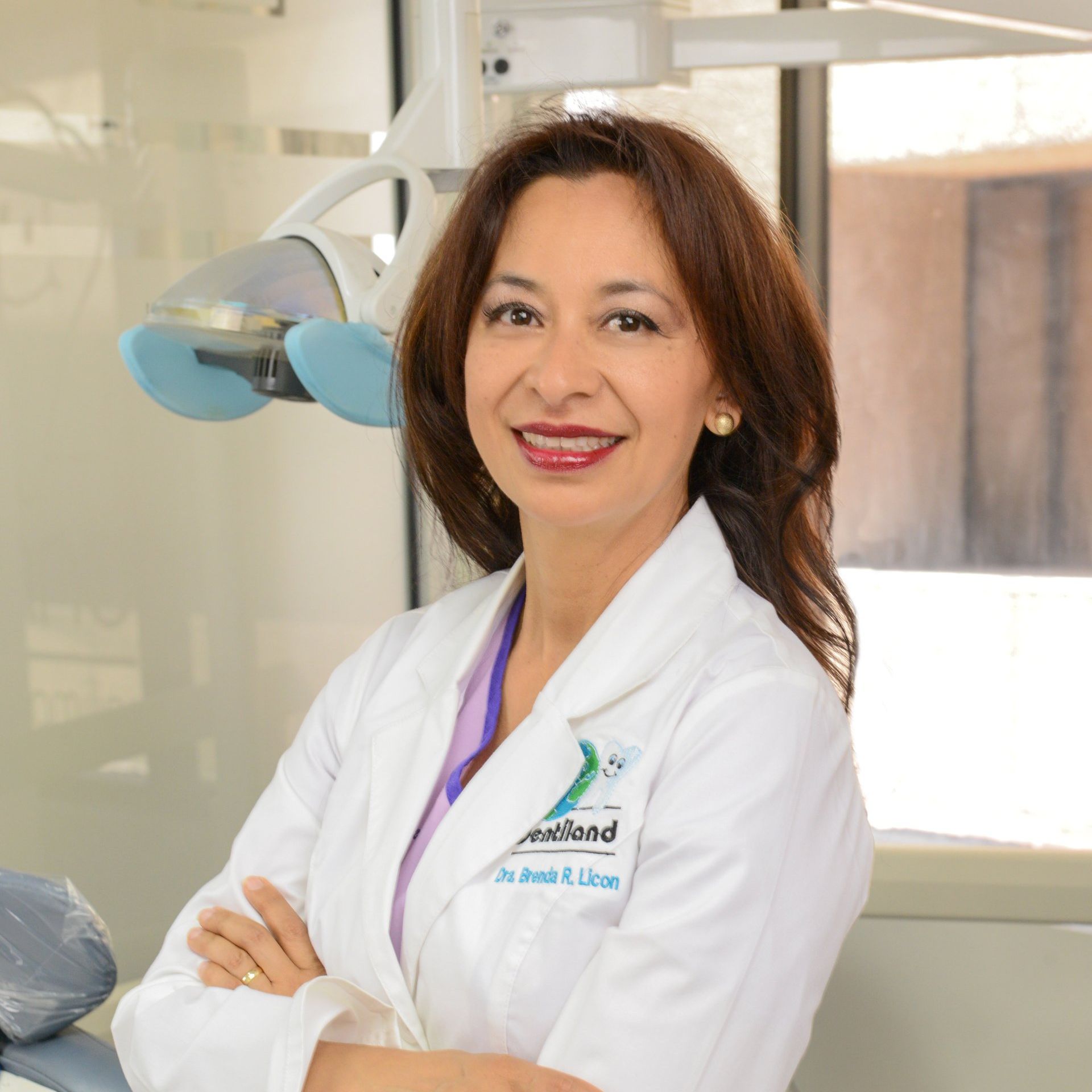What Should You Do When You Have a Broken Molar Tooth?
Do you have a broken molar tooth and are unsure what to do? This guide will teach you how to handle such dental emergencies, so keep reading.
Were you eating when you accidentally bit something hard? Perhaps it was a tiny stone in cooked rice or a small piece of ice.
Regardless of what you bit, the next thing you felt or heard was a crack inside your mouth. Now, you're dealing with a broken molar tooth, which could either have chipped or fractured completely. That's more likely to happen in a tooth with a cavity, a problem that affects over 90% of the Mexican population.
The good news is that it's still possible to save broken teeth. However, you must act immediately.
Here's what to do if you've broken one of your molars.
Keep the Fragments
If you can still find the fragments of your broken molar, gently rinse them with water or milk. Store them in egg whites to keep them moist. Researchers say egg whites can help preserve tooth fragments and strengthen their bond during reattachment.
If you don't have eggs, you can use milk or filtered/bottled water to store the fragments.
What if you broke your tooth and it got knocked out entirely? In that case, please use a clean towel to pick it up by the crown (the topmost part) and not the roots. Rinse it and put it back in its original location if possible, but if not, store it using the above methods.
Visit an Emergency Dentist
Once your tooth or its fragments are safe, please visit an emergency dentist in Mexico immediately. If you're unsure where to find one, a quick Google search of "emergency dentist near me" can help you locate the closest one.
Please don't delay seeking emergency dental care, especially not for knocked-out teeth. The less time your tooth is out of the socket, the higher its chances of survival.
Depending on the severity of the problem, the dentist may use one or more of the following restoration methods.
Dental Bonding
Dental bonding is a quick and affordable procedure often used in restorative and cosmetic dentistry in Mexico. It involves applying tooth-colored resin materials to fill in chips and cracks on a tooth. A dentist uses specialized light to harden the materials, making them "bond" or adhere to the tooth.
So, if you broke or cracked your molar, an emergency dentist may use dental bonding to fix and seal the damage. The oral health care professional may also use this procedure to "glue" back the chipped-off fragments.
Dental Inlays or Onlays
Dental bonding can help repair minor tooth chips or cracks. However, if the damage you sustained on your molar is too extensive, the dentist may recommend dental inlays or onlays.
Dental inlays or onlays can restore teeth with damage too extensive for bonding or filling. With either procedure, the goal is to fix the problem while saving the remaining tooth structure.
Dental inlays can fix damaged areas between the cusps, the topmost, pointed parts of the tooth surface. On the other hand, onlays can repair damage on one or more of a tooth's cusps.
Root Canal Therapy
The mouth is home to at least 700 species of bacteria. Some are beneficial, helping produce saliva and aiding in digestion. Others are more insidious, causing cavities, gum disease, and root canal infections.
The "bad" bacteria in the mouth can infect the root canal through the cracks and fractures of a decayed or broken tooth. If an infection occurs, you may experience mouth pain, tooth discoloration, and gum swelling.
As the infection progresses, the affected tooth may become loose or wobbly, increasing its risk of falling out. And even if it doesn't fall out, a severe infection may result in the need for a tooth extraction.
That's another excellent reason never to delay seeing an emergency dentist if you have a broken molar. However, if you already have an infected root canal, the dentist may still be able to save your tooth with root canal therapy. This procedure removes the infection and preserves the remaining tooth structure.
Dental Crown
A dental crown is a tooth-shaped cap that covers the entire tooth. The dentist may recommend this if the damage to your molar is too severe for dental bonding, inlays, or onlays. As long as there's enough tooth structure left, you may be able to get a dental crown.
Metal, resin, and ceramic are the most common materials used to make dental crowns. Metal caps are the strongest, while resin and ceramic are more aesthetic, as they can mimic the natural color of your teeth. The dentist will discuss the pros and cons of each type to help you make the right choice.
Tooth Replacement
A molar may be too damaged beyond repair, such as if it cracked, fell apart into many pieces, and has extensive decay. In this case, the dentist may recommend pulling or extracting the tooth. The oral health care professional will then replace it with an artificial tooth.
Some of your tooth replacement options include:
- Partial dentures, which are removable and can replace one or more missing teeth
- A dental bridge consisting of two crowns on either side of an artificial replacement tooth
- A dental implant, an artificial tooth root that holds a replacement tooth
Of those options, the one that provides the most permanence is a dental implant.
Eat Soft Foods
After treating the broken molar, the dentist will likely recommend a soft food diet for a few days. It can help minimize the risk of hurting the tooth as it heals and recovers.
Some safe-to-eat foods include yogurt, mashed vegetables, smoothies, and eggs. Drinking from a paper straw can also help protect the treated tooth.
Get a Broken Molar Tooth Fixed ASAP
Please visit an emergency dentist immediately after experiencing a broken molar tooth. The sooner you do, the sooner the dentist can fix and restore it. That can help prevent complications like further damage and infections.
Our highly qualified and experienced dentists at Dentiland are ready to help if you need emergency dental care in Mexico. Our Tijuana office, located only one mile across the US/Mexico border, provides state-of-the-art pediatric and family dentistry services. You can also trust our team for your general, cosmetic, orthodontic, and sedation dentistry needs.
So,
contact us today for your appointment! We look forward to helping you and your family have healthier, brighter smiles.
